Shelf-Ready Sustainability
Eco-friendly and sustainable are commonplace terms, and that is nothing new. Especially in the lawn and garden industry, these terms define a more environmentally conscious consumer.
Water responsibly. Grow your own vegetables. Use compost. Create a bird- and pollinator-friendly garden. Consider companion planting.
The list of recommendations goes on and on. Three authors in their recent releases look at different aspects of gardening that can minimize harm to the environment.
And their experiences as gardeners and shoppers combine for some unique marketing ideas.
Grow More with Less by Vincent Simeone, Cool Springs Press
Vincent Simeone has been lecturing at garden centers across the country for the past 10 years, but with growing interest in sustainable gardening, he wrote “ Grow More with Less: Sustainable Garden Methods: Less Water Less Work Less Money.”
“The time has come, the movement is here and people are capitalizing sustainability and using it to have a better garden,” Simeone says. “You have to educate yourself and be well informed, but once you have your sustainable program set up, it’s pretty much ironically self-sustaining.”
A soil test and sunlight evaluation should start the process.
“People really don’t want to be married to a plant that’s too big for the garden or not going to thrive in the garden,” Simeone says. “Maybe if some things aren’t going to go great on the site, there’s a way to use them in containers or a way to do something creative.”
Simeone has found that one of the biggest mistakes people make and a detriment to sustainable gardening is improper watering.
“If people just changed the way they watered, it would save time, save money, save electricity, save water and create a healthier garden,” he says. “Watering for longer periods of time less often would give them a deeper watering.”
Simeone says that this “common-sense gardening,” as he calls it, should be enforced with technologies for low-volume watering such as soaker hoses and drip irrigation.
It’s up to your garden center to combine trained staff and visible marketing that informs shoppers which products are a perfect fit for their environmentally friendly garden.
“One example is that garden centers and nurseries are getting better at giving people alternatives to chemical fertilizer that work in many applications,” Simeone says. “If people go into a garden center and see a product that says specifically it’s an organic way of killing pests, they’re more apt to buy those products than in the past.”
Signage is important, but why not give a workshop on watering, fertilizers, composting or sustainable gardening as a whole?
“I’ll lecture on the subject and besides people coming in and buying the book or listening to the lecture, I’ve seen them go out into the garden center and buy the native plants I was talking about or the new pruning shears or rain barrel I recommended.” Simeone says. “They’ve become purchasers and customers. It’s a great way to market your store.”
The Postage Stamp Vegetable Garden by Karen Newcomb, Ten Speed Press
The idea of gardening in a small space is not new, but Karen Newcomb’s latest book, “The Postage Stamp Vegetable Garden: Grow Tons of Organic Vegetables in Tiny Spaces and Containers,” targets a growing demographic of eco-friendly gardeners.
“Today’s generation is busier than ever; they have less time, they may have less money, they’re interested in the environment, and they want to feed their families in a healthy manner,” Newcomb says.
With the postage stamp garden you plant things close together, never leaving bare ground. This helps eliminate weeds, reduces watering and creates a micro-climate for your plants.
Newcomb offers five steps for your customers to get their eco-friendly, organic vegetable garden started:
1. Determine how you eat, how you cook and what your family likes. A 5-by-5-foot space can yield 200 pounds of food.
2. Find a space in the garden that has eight hours of sun and is away from trees, since tree roots are equal in length to the limbs of the tree.
3. Make sure the area is well drained.
4. Make sure it’s near a water source.
5. Add an organic mix to your soil that they can buy at your garden center.
It is not just about the soil. Your garden center offers other crucial supplies for making a postage stamp garden easier, and it is up to you to market them this way.
“What’s so great about today’s gardener is that they have the advantage of buying raised beds or buying the kits that you can make raised beds,” Newcomb says. “Even if they have a patio and no yard, they could buy tubs like half wine barrels, nice pots, vertical beds or beds on stilts.”
Nutrient-rich soil and healthy plants are the backbone of an eco-friendly postage stamp garden, but the types of plants also have shifted over the years.
“Years ago when we first started doing the postage stamp garden, hybrids were in and everybody wanted the perfect vegetable,” Newcomb says.
“The trend has turned around and now people want to be able to grow something that they know is healthy, so they are looking for heirloom plants. More and more nurseries are getting heirloom varieties.”
The Organic Composting Handbook by Dede Cummings, Skyhorse Publishing
Dede Cummings started composting without a plan 15 years ago, and since then her passion for living an organic lifestyle has only grown. In her new book, “The Organic Composting Handbook: Techniques for a Healthy, Abundant Garden,” she gives homeowners and apartment-dwellers alike the blueprint she never had.
“As an organic gardening, you like to know where your soil is coming from and where your compost is coming from,” she says.
“Compost is a wonderful soil amendment, so you should really go get a good soil hopefully an organic soil from the garden center to mix with your compost.”
Cummings tackles three common misconceptions about composting that she says are simply not true:
1. Composting is an eyesore.
“Select the type of container you want. They range from the Darth Vader look a typical black plastic container to the tiered systems you make yourself with 2 by 6’s,” Cummings says.
“You can really make it easy by going to the garden center and picking up a cute container. There are some really attractive ones.”
2. Compost attracts animals.
Cummings recommends keeping meat, bones, dairy and bread out of the compost. She sticks strictly with vegetables, fruit, eggshells, coffee grounds, tea, etc.
3. The smell of compost is unpleasant.
“Have a pile of leaves, sticks and grass clippings to layer with vegetable scraps,” Cummings says. “If you just use kitchen scraps, that’s when your compost is going to get heavy, wet and maybe smelly.”
Cummings says she regularly visits her area garden centers and loves the idea of a composting how-to package.
“The stores offer a compost package with basic equipment to do it, but they can also offer an incentive to buy the soil to mix with your compost,” she says.
“You want to cater to what the consumer is looking for, and this is a burgeoning market. People are looking toward a non-toxic lifestyle.”
Composting for kids makes up a large portion of the book, since Cummings says they understand the process without really being told what to do.
Vermiculture, composting with worms, is gaining popularity with all age groups, especially kids, because you can do it anywhere.
“There’s a tremendous growth in the vermiculture side of the business. It’s great for urban environments, and you can set it up right under your sink. The worms don’t get out,” Cummings says. “Vermiculture is a cool area to invest in from a retail standpoint.”

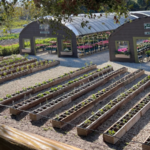
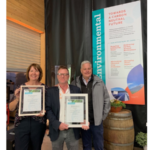

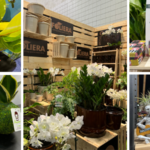

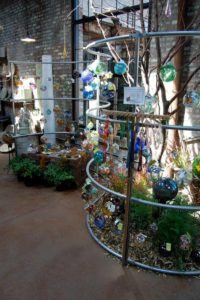


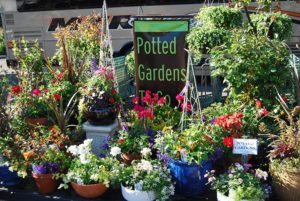
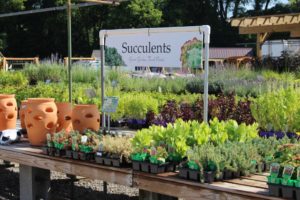
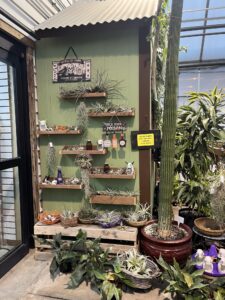
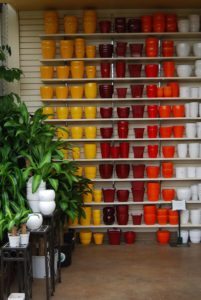
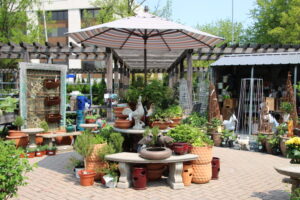


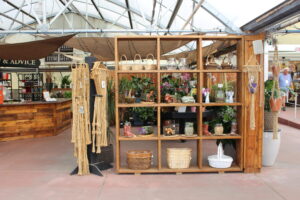
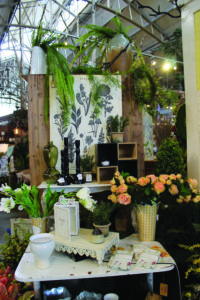
 Videos
Videos





